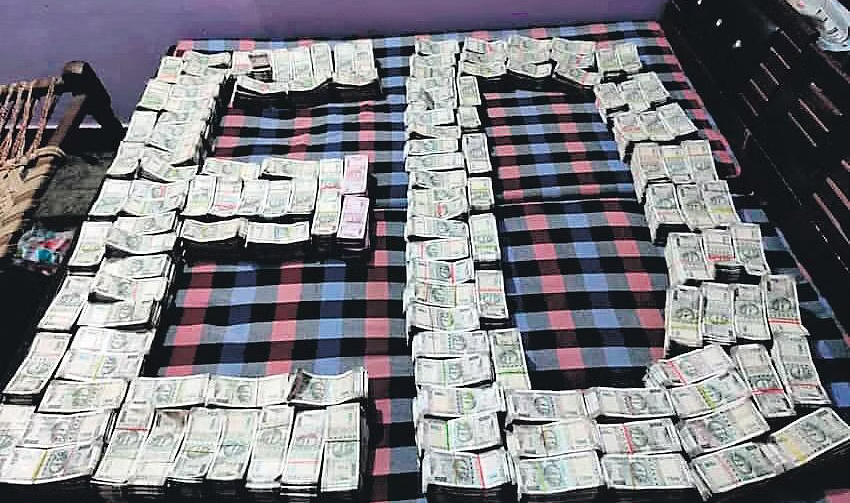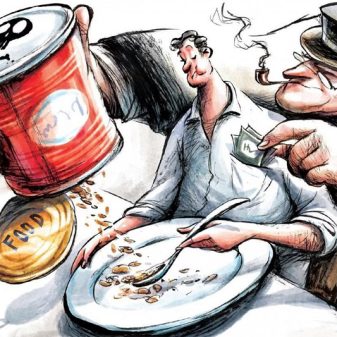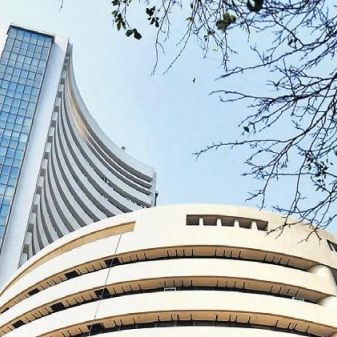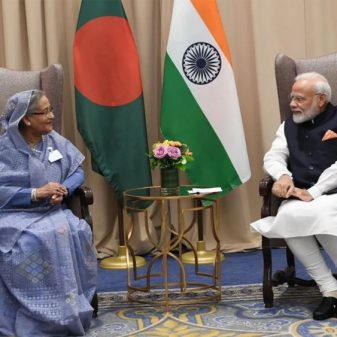
Sandip Ghose
Corruption in the babudom cannot exist without political patronage. The roots of evil lie in political funding. However, the antidote for that has to be systemic rather than old-style vigilance.
My previous column, India can’t push corruption dirt under carpet any longer (March 10), elicited responses on expected lines. A few regular readers of this column wrote to me saying that I had only peripherally touched on the corruption of politicians belonging to the ruling dispensation. They also commented on what they perceived as “selective targeting” of opposition leaders by the central investigative agencies. One individual went as far as to say, “…this lopsided view makes any campaign against corruption a hugely sick joke”.
I pleaded partially guilty to the gentleman. While touching on the issue, I had advisedly not waded deep into that subject which is by itself complex and could take the discussion in a different direction as it often tends to happen, deflecting it from the real questions. However, given the interest the piece has evoked, I owe my readers a more detailed response. Hence, this follow-up piece.
Without being defensive, in my view, the arguments on both sides of the fence are half-baked and half-hearted if not flawed. I shall try to explain why. Firstly, the case for “vendetta” would have been tenable—if indeed the charges were trumped up. As we know, in most cases—be it the fodder scam in Bihar, chit-fund rackets, the teacher recruitment scandal, kickbacks on liquor licences, misappropriation of land allotted for relocation of slum dwellers—corruption did happen and the scale was humongous. If crores of unaccounted cash are recovered from the home of a minister’s associate, it cannot be wished away as another day in politics.
Therefore, to ask why only we are being targeted is weak defence for hiding the original sin. The Hindi proverb “Iss hamam mein sab nange hain” cannot be used as an excuse. The “glass house” principle if applied will only perpetuate the malady and cannot be in national interest.
Moreover, in every one of these cases as well as banking frauds—the final tab had to be picked up by the people at the bottom of the pyramid. One can understand protestations by politicians, but if the ordinary citizens buy that argument it would tantamount to condoning and legitimising corruption, which would be even more dangerous vis-à-vis national interest.
Assuming, for the sake of debate, the actions of the government are designed to bring the opposition parties down on their knees, certainly the dictum “what goes around comes around” is not unknown to Narendra Modi. Being a realist, he would know that no one stays in power forever. Therefore, if he is still pressing on with investigations, he must be doing so advisedly and cannot be dismissed by arguments of partisan politics.
Also, let us face it: it is not as if the Congress had not used investigative agencies against its opponents and at times even on its own people when they fell out of line with the party high-command. Now to say that two wrongs do not make a right would be disingenuous indeed.
A friend living in the United States has written to say, “I think that the Indian common middle class may tolerate corruption in high places because it impacts them only in the long term but they are more pressured and bothered about corruption in daily life in dealing with all bureaucrats at every corner. To me that was my reading of “Na khane dunga” from the PM. From what I hear, he has not been successful…”
He may have a point. Bureaucratic corruption has certainly not disappeared but there are indications that it may have abated due to fear of retribution. Apart from cases reported in the media about officers hauled up for graft, there are many instances of quiet separation even in the higher reaches of bureaucracy for charges of financial irregularities. Though it is a fact, corruption in the babudom cannot exist without political patronage. The roots of evil lie in political funding. However, the antidote for that has to be systemic rather than old-style vigilance. In this the Narendra Modi government has made significant strides by introducing transparency through digitisation, eliminating archaic laws, and simplifying procedures—though there is still a long way to go. The impact of JAM (Jan Dhan–Aadhaar–Mobile), UPI (Unified Payments Interface) and DBT (Direct Benefit Transfer) may not be easily appreciated by Indians living overseas. At home, these have become the new normal.
In the final analysis, the elephant in the room remains our slow justice system. There can be no better example than the “Chara Ghotala” of Bihar. Even after nearly thirty years, the matter is still wallowing in the lower judiciary, and the accused are being postured as martyrs. This calls for, as pointed out in the previous column, radical judicial reforms.
However, that is a tall order in a parliamentary democracy like ours in which whosoever is in the opposition is always ready to stall any government move. In such a situation, the only way for the prime minister to redeem his “Na khaunga, na khane dunga” promise is by setting examples through demonstrable investigation even if those do not lead to conviction and prosecution in the short term.
Therein lies the significance of the PM, who, speaking at a recent conclave, urged the media to highlight the action being taken against corruption without getting caught in a “balancing act”. Activists would argue that the process cannot be a punishment and cite western jurisprudence, crying “innocent till proven guilty”. But do they have a better alternative in mind: the nation would like to know. If the choice is between doing something or nothing at all, the latter is not an option.
(The writer is a Current affairs commentator)





